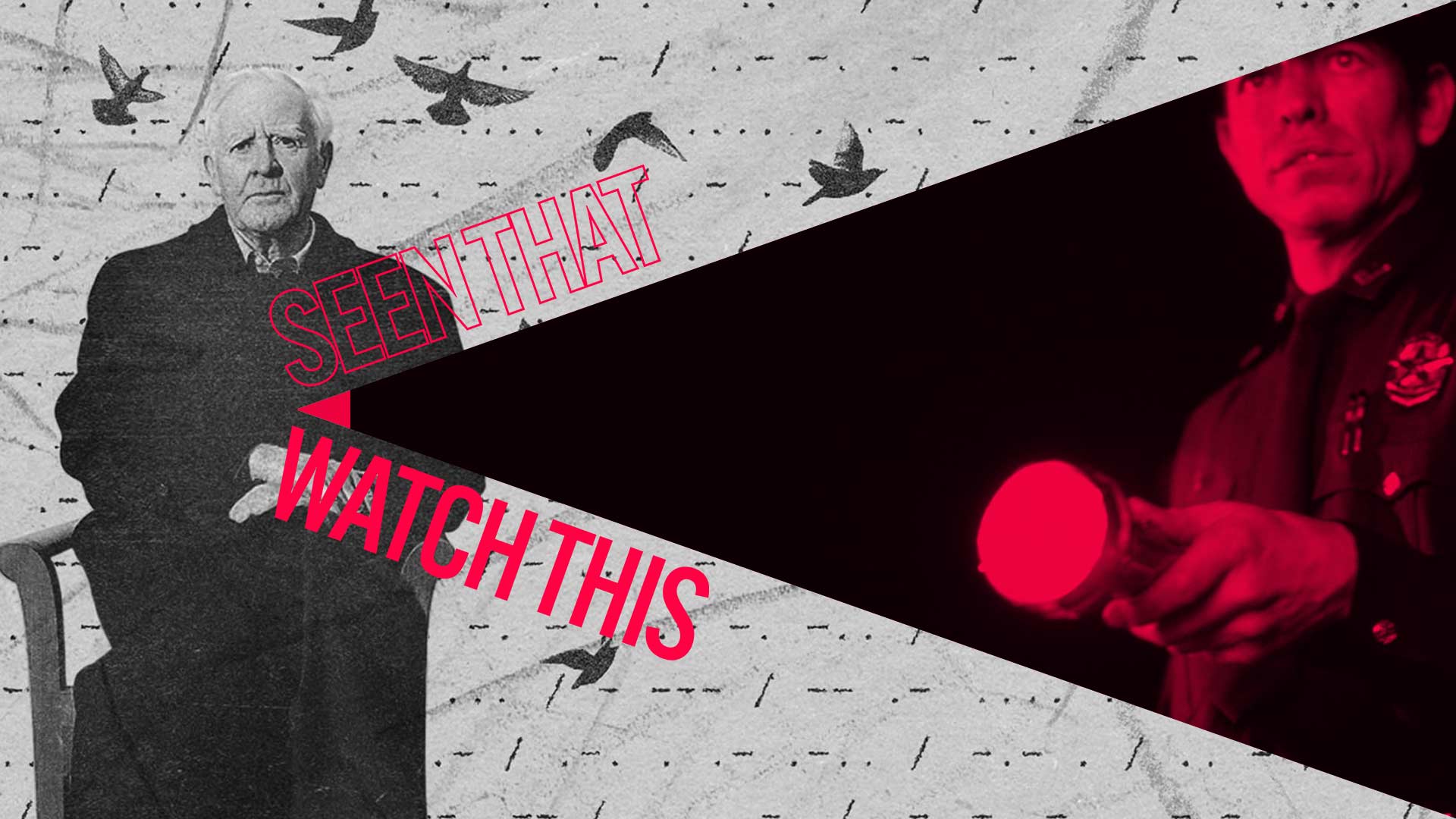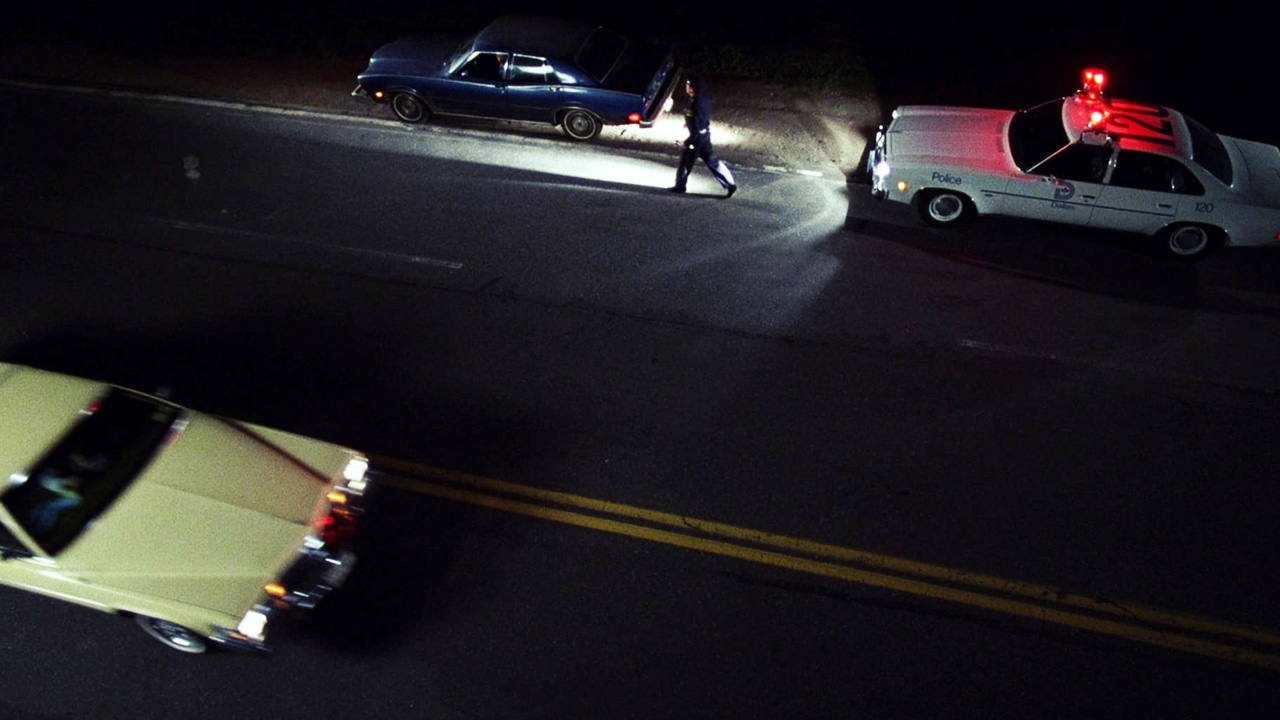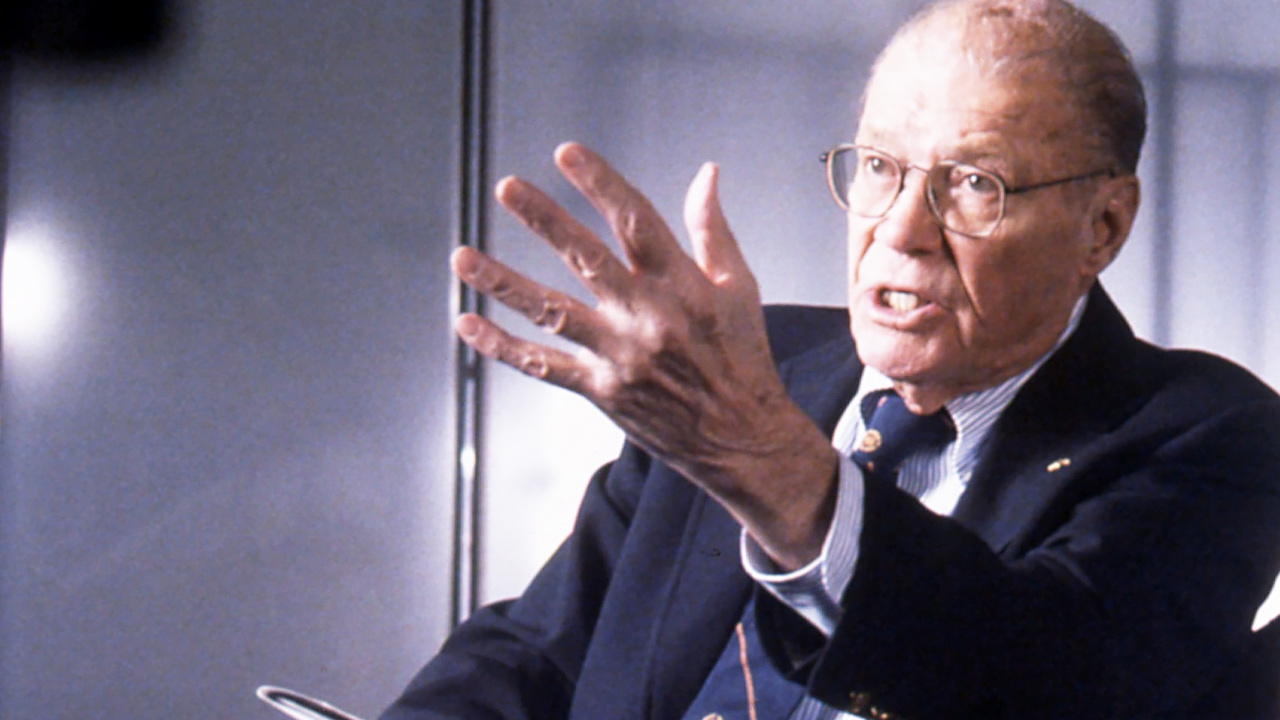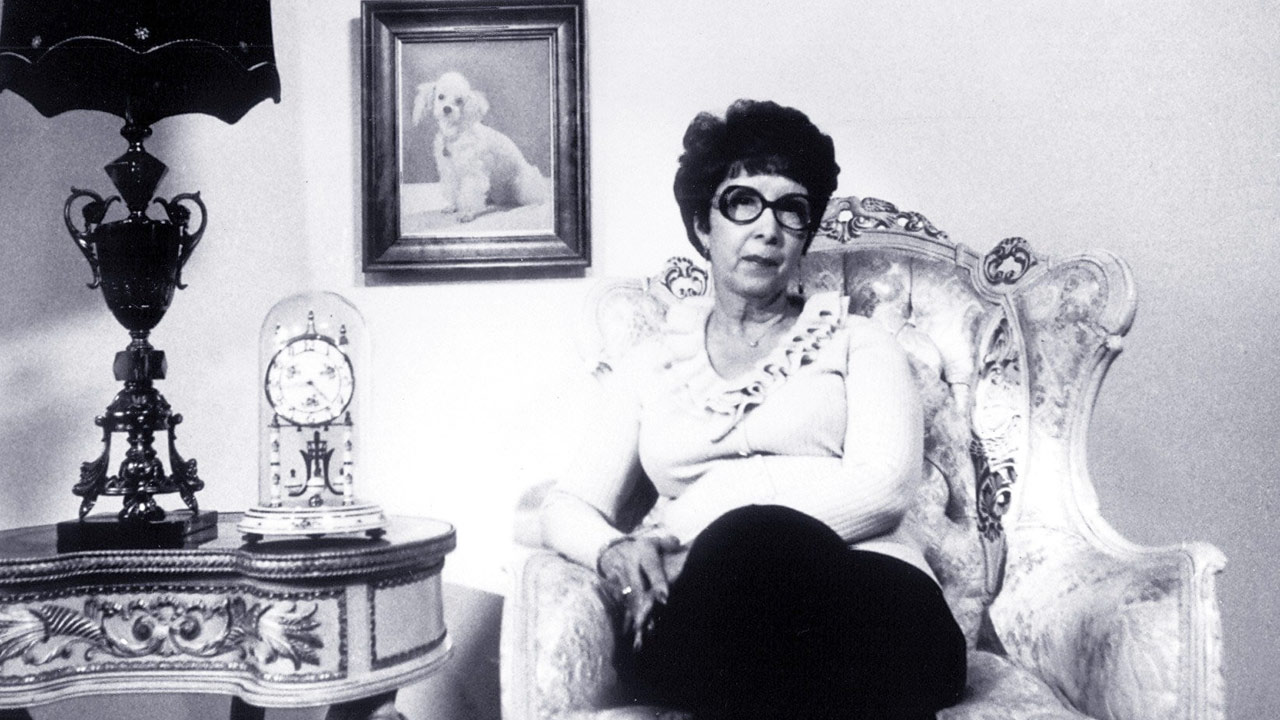The Pigeon Tunnel and 3 more banger documentaries from Errol Morris

Seen That? Watch This is a semi-regular column from critic Luke Buckmaster, taking a new release and matching it to comparable works. This week, wowed by Errol Morris’ new documentary about John le Carré, The Pigeon Tunnel, he revisits three other great films from the veteran documentarian.
An old man, nearing the end, reminisces about his long and colourful life. This evergreen narrative scenario has existed since time immemorial—but few men’s lives are as interesting as the late David John Moore Cornwell, a British spook who became an acclaimed author writing best-selling novels (including, perhaps most famously, Tinker Tailor Soldier Spy) under the pen name of John le Carré. Even fewer have bequeathed their stories to an artist as capable as the veteran filmmaker and consummate stylist Errol Morris, whose work has had a huge influence on the documentary and true crime genres.
The Pigeon Tunnel shows the director, now 75, still in fine form, unpacking Cornwell’s narrative with his trademark embellishments including richly cinematic reenactments, presented with a classy vintage-looking veneer. There are striking images likely to linger in the mind, such as those pertaining to the title, which sounds invented—the kind of cryptic flourish you might encounter in one of le Carré’s books. We discover that the pigeon tunnel was real, however: it was a small passageway at a Monte Carlo casino that pigeons flew through, emerging above lawns where sportsmen waited with shotguns to blast them out of the sky.
Cornwell explains that he was haunted by this image for a long time but never knew why. Many filmmakers, confronted with such a tangled and storied life, would’ve skipped past this detail but Morris frontloads it, imbuing the film with a sense of unresolved mystery: a small touch with a big impact. Extensively narrated by Cornwell, The Pigeon Tunnel—like much of Morris’ work—looks and sounds great, pivoting from cloak-and-dagger insights about espionage and secret services to reflections on the process of artistic creation.
Morris doesn’t shy from difficult subjects (he even made a film about Steve Bannon) nor the desire to make them visually pop and crackle. Here are three more great documentaries directed by him.

The Thin Blue Line (1988)
Lingering beneath Morris’ reenactments is the tension between what happened and what might have happened. His hugely influential reinvestigation into the 1976 murder of Dallas police officer Robert Wood, and the (subsequently overturned) wrongful conviction of Randall Dale Adams, deploys dramatic images that are cleverly vague in the conventional journalistic terms of who did what and when. The central reenactment paints the scene of the crime by illuminating individual elements—a car, a spinning police light, discharged pistols—against a surreal pitch black background, bringing a thick theatrical quality that invites exploration and investigation, as if the truth is waiting to be found, lurking in the shadows.
In these moments Morris shows an awareness that cinema is a matter of what is in the frame and what is out—Scorsese’s famous quote taking on particular nuances in the true crime genre, an inevitably fraught and contested space. There’s lots of talking heads in this film, but it’s never dry or staid: the hypnotic whirls and rhythms of the reenactments make their way into every corner of psychological space.

The Fog of War (2003)
The Fog of War
The key question in Morris’ cine-essay on modern warfare, presented as a tell-all interview with former US Secretary of Defense, Robert McNamara, is delivered by the subject himself when he asks: “what is morally appropriate in a wartime environment?” It’s a terribly difficult question, riddled with complexities and hypotheticals, several of which are unpacked in this dense treatise separated into 11 of McNamara’s key “lessons,” including his arguments that “belief and seeing are both often wrong” (lesson seven) and “in order to do good, you may have to engage in evil” (lesson nine).
The Fog of War begins with McNamara noting that every military commander “will admit that he has made mistakes in the application of military power.” But the tone is more candid than confessional—the subject framing his errors not as sins to atone for, but unavoidable byproducts of terrible situations. That perspective is partly why the film leaves such a rancid taste in one’s mouth; that, and sobering comments such as “it was luck that prevented nuclear war.”

Gates of Heaven (1978)
Morris made this uncluttered, plain-looking film before developing his signature style—so don’t expect a work of visual bravado. Or fiercely probing journalism. The interviewees and their recollections are everything in this modest documentary about California pet cemeteries, which despite its simple aesthetic—leaning heavily on long static shots—carves out a strangely affecting space. One of the key subjects is Floyd McClure, a salt-of-the-earth businessman who believed his destiny was to create a space for pets who’ve traveled to the great beyond, recounting his journey in earnest detail.
Does Morris find these people funny? Is there an element of irony in his presentation? It’s hard not to imagine the curves of a smile forming when one interviewee rants about why the introduction of the pill, in his mind, is the largest factor behind the “pet explosion” of the late ‘70s. But Morris keeps an amazing poker face and seems genuinely invested in his subjects and their stories.
























